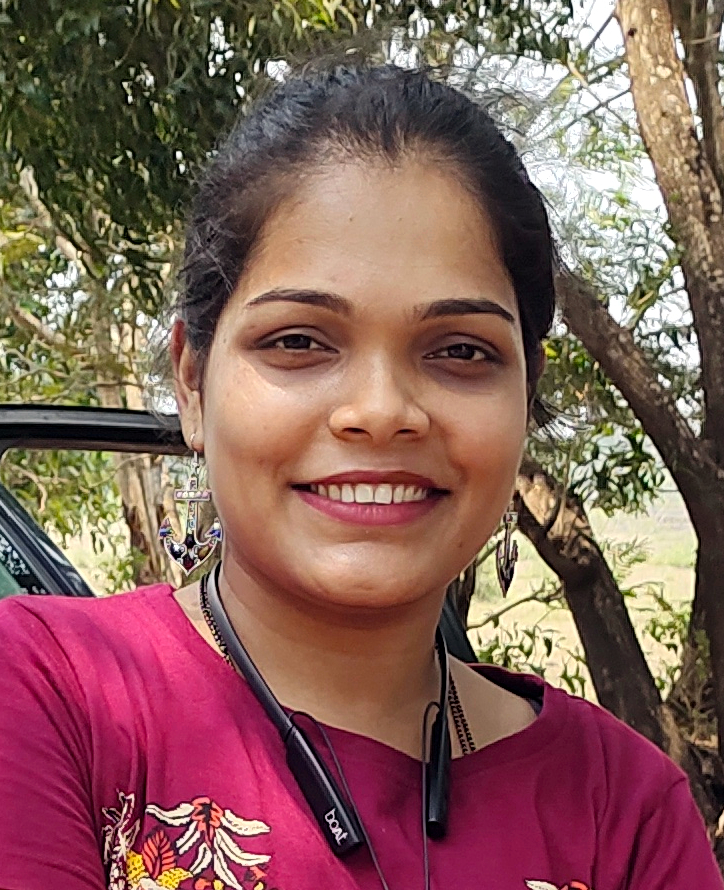
In British India, the most popular places for migration of Goans were Kolkata, Pune, Mumbai and Karachi. This diaspora in the nineteenth and the twentieth centuries had to adjust to the city life and take work as butlers, cooks, sailors etc.
As more and more Goan men moved to Mumbai there were establishments of kudds. These kudds were exclusively reserved for only Goan Catholic men as most of them working in Mumbai, did not take their families along. Those who worked in better positions could afford to live in private spaces.
The Goan Diaspora in Mumbai can be traced back to the initial Portuguese rule over Goa. When the religious persecution started, many Hindu families moved to the outskirts of the then city of Mumbai. We find references to names like Rama Kamati. Kamati collaborated with the Portuguese for the administration of parts of Mumbai under their control and later worked for the British.
More names surface like Joao de Faria, Rager de Faria and Sir Branz Fernandes who were involved in mercantile activities. Later by the nineteenth century, many Goan names emerged in intellectual, medical, literature, law, education, religion, sports, theatre, music and other fields.
The reference to the movement of women to Mumbai can be traced back to Rama Kamati and many more who did not leave their families behind. In the nineteenth and the twentieth centuries, many Goan Hindu and Christian men decided to move to Mumbai in search of better economic prospects as Goa’s economy was stagnant.
Men who stayed in kudds were not allowed to bring families with them and those who stayed in other accommodations could not afford it. In such cases, women and children were left behind. Women of the household had to now do the duties of the men. They played the role of that of the head of the household and took financial decisions.
Those who managed to move with families from the middle class and poor backgrounds to Mumbai faced basic problems for survival. Women from such families found employment in the city as ayas, housemaids, etc. Goan ayas were very much in the rich households of Mumbai.
Some Goan Catholic ladies managed to start their own business of serving liquor. These ladies wearing knee-length dresses became a hallmark for recognising Goan catholic ladies in urban spaces of Mumbai.
Ladies of the Kalavanta community also found their way to Mumbai as they were banished from parts of Portuguese Goa. Many found patrons in Mumbai and gained fame on the basis of their art. Yet, they did not receive the respect they deserved and were still regarded during this period as prostitutes.
It was only in the twentieth century that many of these women gained the name, fame and money that they deserved. They even gave donations for building educational institutions and upliftment of girls from their community.
Many women who moved to Mumbai faced serious difficulties in making ends meet. Many times, such women regardless of community or religion, chose prostitution as a means of earning a livelihood. Not all women faced problems and had to earn a living for themselves and their families.
Many families provided a good education for their children. Many girls from these diasporic families went on to contribute in different fields and gained recognition. They became surgeons, nurses, midwives, dancers, singers, business owners etc.
The Goan Diaspora in Mumbai is a reflection of Goan’s economic and cultural history. It was due to the remittances that the Goan economy could stand during the hard times of later Portuguese rule. One must consider the contribution that Goan men and women have made in building the identity of the city of Mumbai. Every Goan must know the contribution of Goan diasporic women in the field of art.
The big names from the Goan diaspora like Kishori Amonkar, Kesarbai Kerkar, Meenakshi Shirodkar, V N Shirodkar, Josefina Lima Coutinho, Bhau Daji Laad etc have contributed to their respective fields. It is also important to understand what the women belonging to kalavanta community did for girls like them back home in Goa. The topic deserves deeper research and extensive coverage of sources.
[The writer is Assistant Professor Department of History at Goa University]